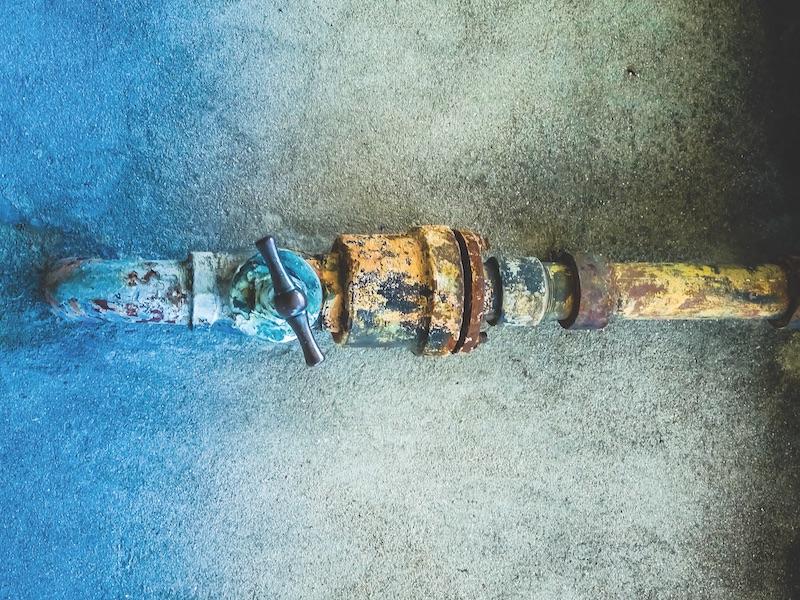City officials learned about the U.S. Environmental Protection Agency’s new Lead and Copper Rule, and the potential for a hefty price tag associated with it, during the city commission’s work session Tuesday evening.
Improvements under the new rule include, according to the EPA:
The EPA announced its Federal Action Plan to Reduce Childhood Lead Exposures and Associated Health Impacts in 2018, making it the first overhaul of the Lead and Copper Rule since 1991, according to the EPA background.
However, both finding the pipes that need to be replaced and the actual replacement will come with a hefty price tag, explained Drinking Water Practice Leader for Advanced Engineering and Environmental Services Inc. (AE2S) Nathan Weisenburger.
In Great Falls, the entire service line from the connection to the main of the house and its maintenance is the responsibility of the homeowner, Weisenburger said.
Weisenburger explained that the rule takes effect in October 2024 and that the deadline is intended to be when the city would submit an inventory of the lead service lines and the new sampling plan.
Weisenburger said that each service lead change would cost anywhere from $5,000 to $10,000 to replace, with an estimated 7,500 lines in the community with lead contamination statuses that are unknown. If they all had to be replaced it would be anywhere from $37.5-$75 million total to do so. He explained that the rule considers pipes with an unknown status for lead to equate to being lead pipes that would require replacement, but doesn’t expect every unknown line to contain lead. He said the $75 million was a worst-case scenario.

City Commissioner Eric Hinebauch asked how a homeowner would be able to find out what their pipes have. Weisenburger suggested that the city enter the home to inspect the line, however this may require hiring additional personnel.
There would be a revised sampling frequency in the city and instead of conducting 30 samples every three years the city would have to do 60 samples every six months, with each sample costing $41. Primary schools and childcare facilities would also need to conduct a one-time sampling, with 20% of schools required to report each year for five years until they have all been sampled.
“Lead is probably more harmful to children than it is to adults at a given level and so part of the rule is to tighten the impacts to our younger population,” Weisenburger said. “If there is a request to do the middle schools and high schools, it's probably good practice to do so.”
Mayor Bob Kelly and City Manager Greg Doyon said that this was an “unfunded mandate.”
“So this is another classic example of a requirement from the feds from the EPA in this case, through DEQ to the city that is going to have an impact on our customers' rates, no doubt about it,” Doyon said. “Certainly we don't want lead out there, but this is going to have a pretty major impact on the water utility even when we're trying to address other requirements at the front end of the system and the back end and now we're adding this into the mix.”
The EPA has a step-by-step guide on its website to help check for lead.
How to reduce your lead exposure:
